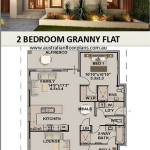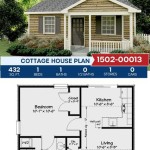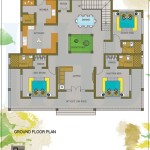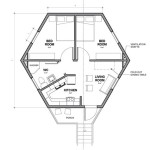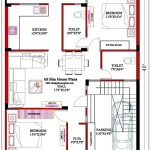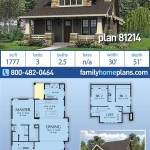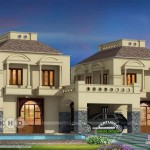Inverted Floor Plans: Maximizing Light, Space, and Views
In the realm of architectural design, inverted floor plans have emerged as innovative and alluring solutions for contemporary living. By placing the living areas on the upper floors and relegating bedrooms to the lower levels, these plans offer a plethora of benefits that enhance comfort, functionality, and aesthetic appeal.
Elevating the Living Experience
Inverted floor plans prioritize the living spaces, offering panoramic views and abundant natural light. The upper floors, often adorned with floor-to-ceiling windows, flood the interiors with sunlight, creating a bright and airy atmosphere. The elevated vantage point affords stunning vistas, transforming the living room into a serene sanctuary for relaxation and entertainment.
Maximizing Space and Flow
By shifting the living areas to the upper levels, inverted floor plans create an illusion of increased space. The absence of bedrooms on the main floor allows for open and flowing layouts, minimizing visual barriers and fostering a sense of spaciousness. This design strategy is particularly advantageous for smaller homes or urban dwellings where space optimization is paramount.
Enhanced Privacy and Tranquility
With the bedrooms situated on the lower floors, inverted floor plans offer increased privacy and tranquility. This arrangement ensures that the resting areas are shielded from street noise and outside distractions, creating a restful and conducive environment for sleep. The separation of social and private spaces provides a sanctuary for personal retreat.
Energy Efficiency and Natural Cooling
Inverted floor plans can contribute to energy efficiency by harnessing natural resources. The upper floors, being exposed to direct sunlight, can benefit from passive solar heating during the colder months. Additionally, the elevated position allows for cross-ventilation, which promotes natural cooling during the warmer months, reducing reliance on air conditioning systems.
Additional Considerations
While inverted floor plans offer numerous advantages, there are a few factors to consider before embracing this design approach. The placement of bedrooms on the lower levels may require additional considerations for accessibility, ventilation, and emergency egress. It is advisable to engage with a qualified architect to ensure that these aspects are adequately addressed.
Moreover, inverted floor plans may not be suitable for all lifestyles. Families with young children or individuals with limited mobility may prefer a more traditional floor plan with bedrooms on the main level for convenience and accessibility.
Conclusion
Inverted floor plans present a unique and compelling design option for modern living. By elevating the living spaces to the upper floors, these plans maximize natural light, enhance space and flow, and provide privacy and tranquility. While there are certain considerations to bear in mind, the benefits of inverted floor plans make them an intriguing and potentially transformative choice for those seeking a home that aligns with their contemporary lifestyle.

Reverse Floor Plans With Living Spaces Up 23128jd Architectural Designs House

50 Upside Down Homes Ideas House Plans Design Floor

Reverse Layout Two Story Home Plan 69009am Architectural Designs House Plans

50 Upside Down Homes Ideas House Plans Design Floor

Bridgetown Way Coastal House Plans From Home

Abbacale Cove Coastal House Plans From Home

Upside Down Coastal House Plan 970015vc Architectural Designs Plans

How To Create An Inverted Floor Plan With Photo

Inverted Floor Plan Page 5 Of 11 Coastal House Plans From Home

Configure The Space As A Loft Like Modern Treehouse With An Inverted Floor Plan Caandesign Architecture And Home Design Blog

